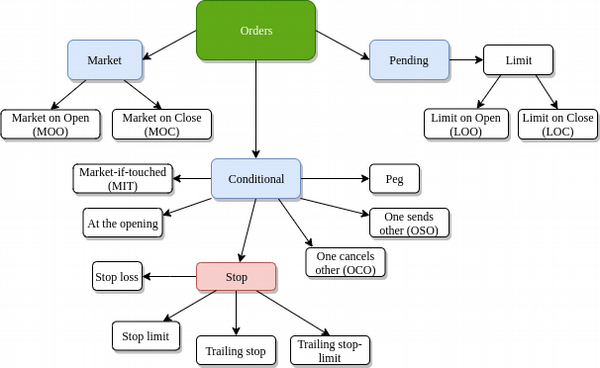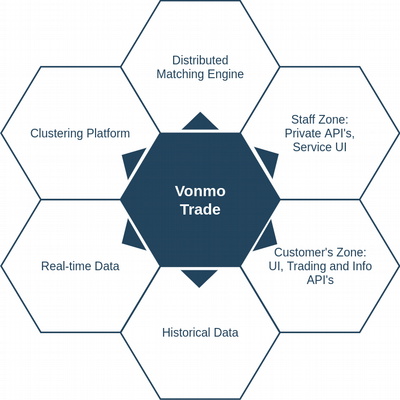5 things I wish I knew before writing an financial exchange
“Tell me, and I will forget. Show me, and I may remember. Involve me, and I will understand.”
When I and my cat set off to developing a financial exchange engine, this very quote of Confucius was ringing in my head. We were a dream team: motivated, solid, result-oriented. Our condition could be best described as interest and readiness to take on challenges on our way to MVP. All those challenges and discoveries, met during development, have adjusted the whole process and were well worth the time spent. Today I’d like to share some of them with you — and tell about the results of this experiment as well.
For the impatient, here is the link to the self-hosted demo. The rest, please, welcome to read further.
 Vonmo's Blog
Vonmo's Blog



